 Taipei Overview
Taipei Overview
-2-scaled-e1711364962707.jpg) Chiang Kai-shek
Chiang Kai-shek
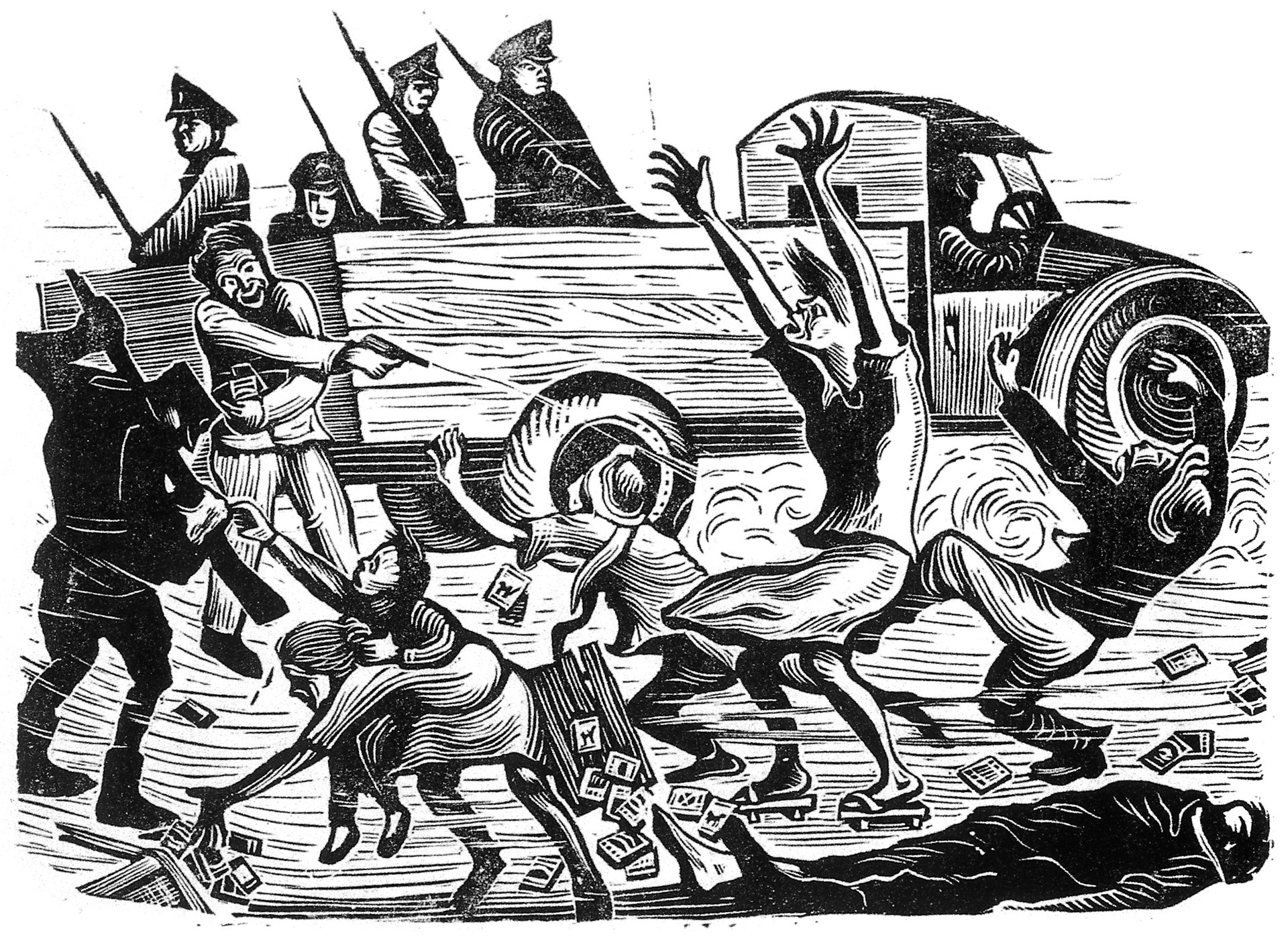 Two-Two-Eight Incident
Two-Two-Eight Incident
 White Terror
White Terror
 Chiang Ching-kuo
Chiang Ching-kuo
 Lee Teng-hui
Lee Teng-hui
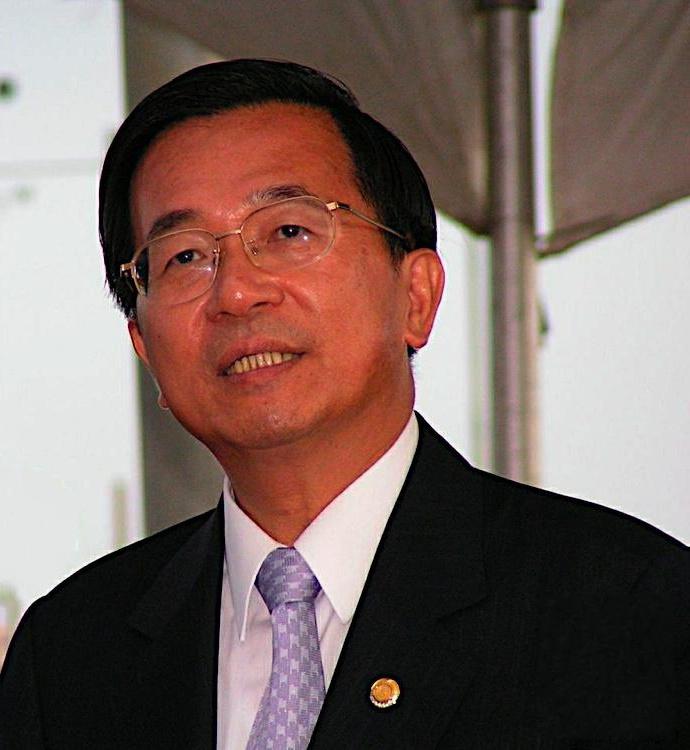 Two-Party System
Two-Party System
 Wild Lily Student Movement
Wild Lily Student Movement
 Liberty Square
Liberty Square
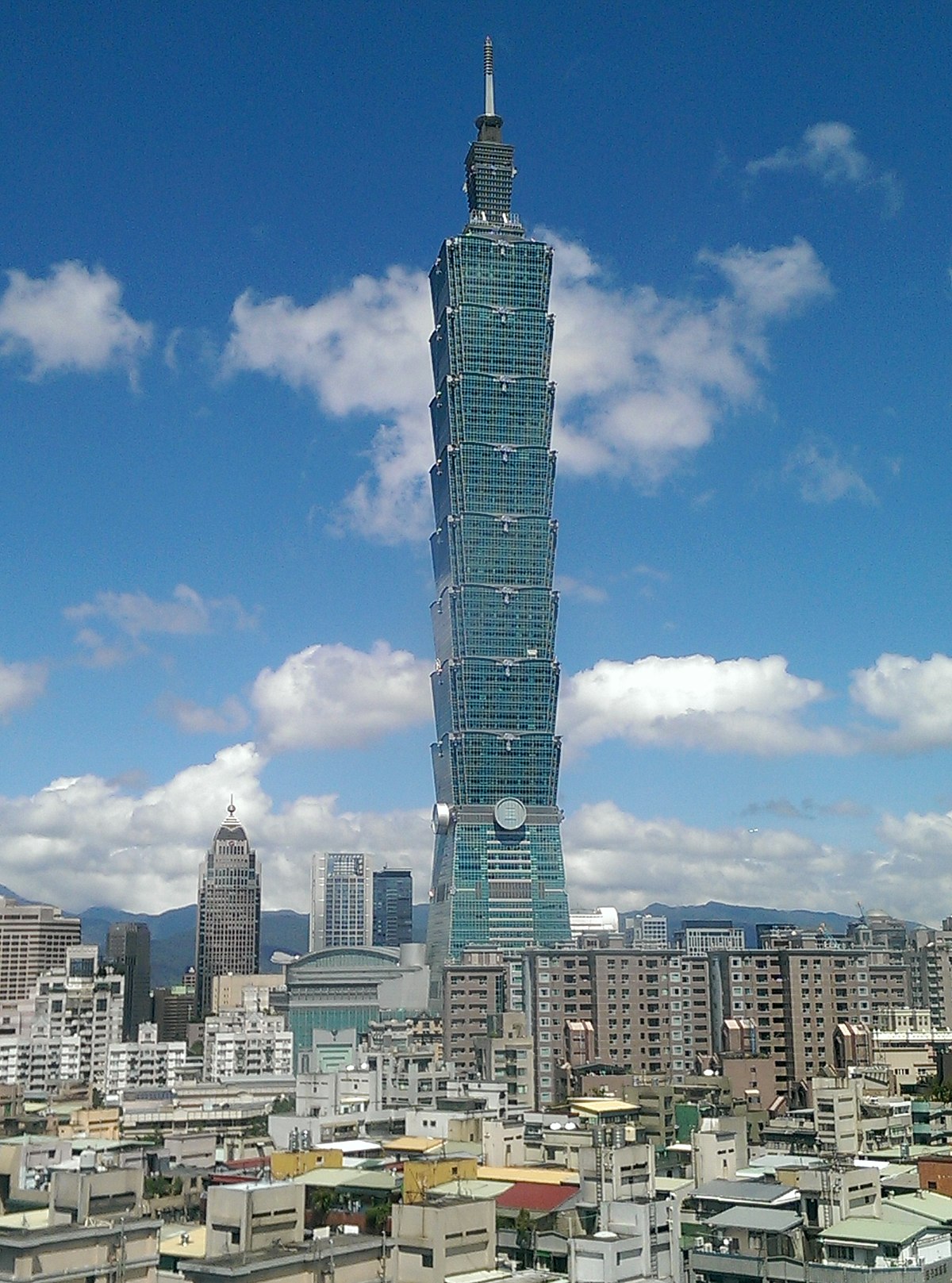 Taipei 101 Skyscraper
Taipei 101 Skyscraper
 Tsai Ing-wen
Tsai Ing-wen
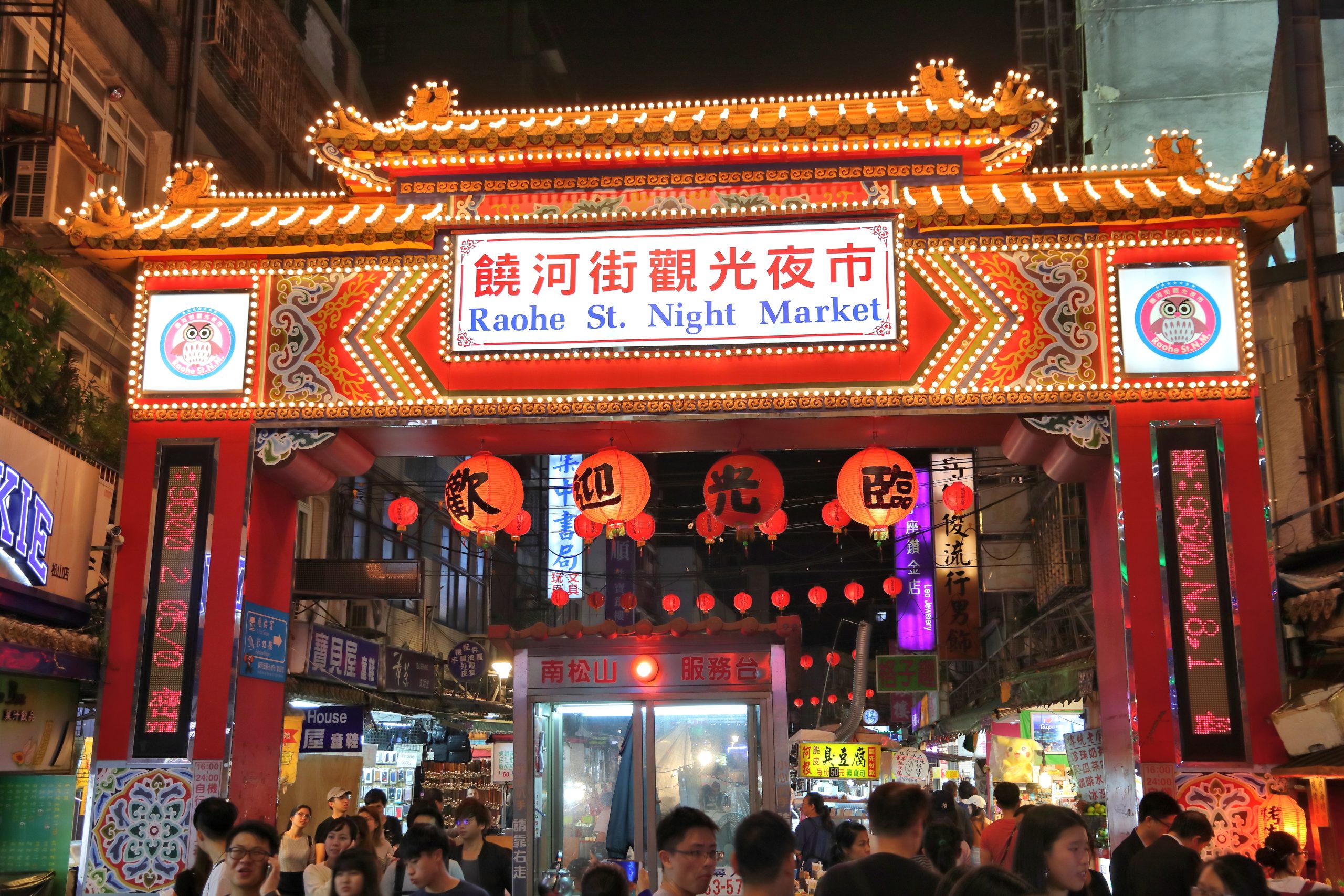 Night Market
Night Market
 Sunflower Student Movement
Sunflower Student Movement
 Taipei Overview
Taipei, the capital city of Taiwan, is a vibrant, modern, and globally connected city that sits near the central northern coast of Taiwan. As such, Taipei serves as the center of the island’s political, economic, educational, and cultural life. More than 2 million of Taiwan’s 23 million population live in Taipei, making the city a densely populated urban landscape with skyscrapers, highspeed railways, highways, airports, and high-tech industries. Lush mountain terrains surround the outskirts of Taipei, however, making nature seem close at hand despite the bustling industry and activity of the Taipei metropolitan area.
Taipei Overview
Taipei, the capital city of Taiwan, is a vibrant, modern, and globally connected city that sits near the central northern coast of Taiwan. As such, Taipei serves as the center of the island’s political, economic, educational, and cultural life. More than 2 million of Taiwan’s 23 million population live in Taipei, making the city a densely populated urban landscape with skyscrapers, highspeed railways, highways, airports, and high-tech industries. Lush mountain terrains surround the outskirts of Taipei, however, making nature seem close at hand despite the bustling industry and activity of the Taipei metropolitan area.
 Chiang Kai-shek
Born in 1887 during the growing turmoil leading to the collapse of China’s Qing Dynasty, Generalissimo Chiang Kai-shek received military training in Japan as a young man and then returned to China in 1911 to support the Chinese Nationalist Party’s, or Kuomintang (KMT), efforts to overthrow the Qing Dynasty. Chiang became leader of the KMT in 1925, launching efforts to weaken the Chinese Communist Party which led to civil war, and ultimately, victory for the Communists, who established the People’s Republic of China (PRC). Chiang and his KMT forces fled to Taiwan where he established a military government in exile for the next several decades with the support of the U.S. and other western powers.
Chiang Kai-shek
Born in 1887 during the growing turmoil leading to the collapse of China’s Qing Dynasty, Generalissimo Chiang Kai-shek received military training in Japan as a young man and then returned to China in 1911 to support the Chinese Nationalist Party’s, or Kuomintang (KMT), efforts to overthrow the Qing Dynasty. Chiang became leader of the KMT in 1925, launching efforts to weaken the Chinese Communist Party which led to civil war, and ultimately, victory for the Communists, who established the People’s Republic of China (PRC). Chiang and his KMT forces fled to Taiwan where he established a military government in exile for the next several decades with the support of the U.S. and other western powers.
 Lee Teng-hui
Taiwan’s first native-born president, Lee Teng-hui ushered in the island’s transition from military rule to democracy. Of Hakka descent, Lee was educated as an economist in the United States before returning to Taiwan to enter politics, soon being appointed as mayor of Taipei and succeeding Chiang to the presidency in 1988. Riding the wave of popular support for democracy, Lee became the first popularly elected president of Taiwan in 1996 under the ruling Kuomintang (KMT) party.
Lee Teng-hui
Taiwan’s first native-born president, Lee Teng-hui ushered in the island’s transition from military rule to democracy. Of Hakka descent, Lee was educated as an economist in the United States before returning to Taiwan to enter politics, soon being appointed as mayor of Taipei and succeeding Chiang to the presidency in 1988. Riding the wave of popular support for democracy, Lee became the first popularly elected president of Taiwan in 1996 under the ruling Kuomintang (KMT) party.
 Woodcut print, 228 Incident: The Horrible Inspection by Huang Rong-can
On February 28, 1947, the harsh nature of the Kuomintang’s (KMT’s) military rule in Taiwan was brought into focus when a woman selling cigarettes in Taipei Park was confronted and assaulted by government agents who accused her of selling contraband. An angry crowd gathered, fueled in part by the political corruption and economic dysfunction of KMT governance. After one of the agents fired a pistol in the crowd, leading to the death of one man, martial law was declared as military vehicles driving through Taipei fired indiscriminately at civilians they encountered. The day’s events became known as the Two-Two-Eight Incident and ushered in staunch resistance by many in Taiwan to KMT rule.
Woodcut print, 228 Incident: The Horrible Inspection by Huang Rong-can
On February 28, 1947, the harsh nature of the Kuomintang’s (KMT’s) military rule in Taiwan was brought into focus when a woman selling cigarettes in Taipei Park was confronted and assaulted by government agents who accused her of selling contraband. An angry crowd gathered, fueled in part by the political corruption and economic dysfunction of KMT governance. After one of the agents fired a pistol in the crowd, leading to the death of one man, martial law was declared as military vehicles driving through Taipei fired indiscriminately at civilians they encountered. The day’s events became known as the Two-Two-Eight Incident and ushered in staunch resistance by many in Taiwan to KMT rule.
 Letter written by a political prisoner before their execution during the White Terror. Photo credit: https://www.bbc.com/news/world-asia-35723603
In the weeks and months following the Two-Two-Eight Incident, thousands of students, lawyers, business leaders, and members of the press were arrested, many of them tortured and executed. Now under military rule, Taiwan was harshly governed by the Kuomintang (KMT), who feared communist influence from recent mainland Chinese immigrants to Taiwan, who were fleeing China’s Civil War—a war the Communists would soon win. Over the next four decades, the term “White Terror” became nearly synonymous with KMT military rule in Taiwan and soured U.S. government support for Chiang Kai-shek's regime.
Letter written by a political prisoner before their execution during the White Terror. Photo credit: https://www.bbc.com/news/world-asia-35723603
In the weeks and months following the Two-Two-Eight Incident, thousands of students, lawyers, business leaders, and members of the press were arrested, many of them tortured and executed. Now under military rule, Taiwan was harshly governed by the Kuomintang (KMT), who feared communist influence from recent mainland Chinese immigrants to Taiwan, who were fleeing China’s Civil War—a war the Communists would soon win. Over the next four decades, the term “White Terror” became nearly synonymous with KMT military rule in Taiwan and soured U.S. government support for Chiang Kai-shek's regime.
 Chiang Ching-kuo
The son and heir of Chiang Kai-shek, Chiang Ching-kuo showed communist leanings as a young man and was educated in the Soviet Union for a time, even sharing the same dormitory as future Chinese premiere Deng Xiaoping. After Chiang Kai-shek's death in 1975, Ching-kuo came to power and continued the Kuomintang’s (KMT’s) brutal military rule during most of his tenure, but in later years he introduced reforms that would end martial law, usher in freedoms for the press, and allow for open, democratic elections in Taiwan.
Chiang Ching-kuo
The son and heir of Chiang Kai-shek, Chiang Ching-kuo showed communist leanings as a young man and was educated in the Soviet Union for a time, even sharing the same dormitory as future Chinese premiere Deng Xiaoping. After Chiang Kai-shek's death in 1975, Ching-kuo came to power and continued the Kuomintang’s (KMT’s) brutal military rule during most of his tenure, but in later years he introduced reforms that would end martial law, usher in freedoms for the press, and allow for open, democratic elections in Taiwan.
 Chen Shui-bian
Formed in 1986 in opposition to the Kuomintang’s (KMT’s) long-standing one-party authoritarian rule in Taiwan, the Democratic Progressive Party’s (DPP’s) acceptance by President Chiang Ching-kuo, along with Chiang’s decision to lift martial law in 1987, paved the way for Taiwan’s two-party system. The two-party system’s emergence was solidified by the election of Taiwan’s first DPP candidate, Chen Shui-bian, to the presidency in 2000, which marked Taiwan’s first peaceful transfer of power from the ruling KMT party to the DPP.
Chen Shui-bian
Formed in 1986 in opposition to the Kuomintang’s (KMT’s) long-standing one-party authoritarian rule in Taiwan, the Democratic Progressive Party’s (DPP’s) acceptance by President Chiang Ching-kuo, along with Chiang’s decision to lift martial law in 1987, paved the way for Taiwan’s two-party system. The two-party system’s emergence was solidified by the election of Taiwan’s first DPP candidate, Chen Shui-bian, to the presidency in 2000, which marked Taiwan’s first peaceful transfer of power from the ruling KMT party to the DPP.
 A replica of the white lily hovers above the crowd of demonstrators. Photo Credit: https://myhero.com/WLM_kshs_TW_2010_ul
More than 20,000 students held pro-democracy sit-ins and demonstrations in Taipei’s future Liberty Square over the course of six days in March, 1990. Wearing white lilies that are native to Taiwan as a symbol of democracy, the students gained the support of President Lee Teng-hui, marking a turning point in Taiwan’s transition to democracy.
A replica of the white lily hovers above the crowd of demonstrators. Photo Credit: https://myhero.com/WLM_kshs_TW_2010_ul
More than 20,000 students held pro-democracy sit-ins and demonstrations in Taipei’s future Liberty Square over the course of six days in March, 1990. Wearing white lilies that are native to Taiwan as a symbol of democracy, the students gained the support of President Lee Teng-hui, marking a turning point in Taiwan’s transition to democracy.
 Liberty Square
Named for the role it played in democracy protests such as the Wild Lily Student Movement in 1990, Liberty Square (formerly Memorial Square) sits in downtown Taipei adjacent to the Chiang Kai-shek Memorial.
Liberty Square
Named for the role it played in democracy protests such as the Wild Lily Student Movement in 1990, Liberty Square (formerly Memorial Square) sits in downtown Taipei adjacent to the Chiang Kai-shek Memorial.
 Taipei 101 Tower
Emblematic of Taiwan’s bold and innovative economic growth in the last century, Taipei 101 Tower is named for its 101 stories and was the tallest building in the world when it was completed in 2004. The tower’s construction represented Taiwan’s shift from a manufacturing economy to one that embraced its emerging role as a global financial center.
Taipei 101 Tower
Emblematic of Taiwan’s bold and innovative economic growth in the last century, Taipei 101 Tower is named for its 101 stories and was the tallest building in the world when it was completed in 2004. The tower’s construction represented Taiwan’s shift from a manufacturing economy to one that embraced its emerging role as a global financial center.
 Raohe Street Night Market
Located in the bustling Songshan District in northeastern Taipei, Raohe Street Night Market offers many visual and culinary delights for its visitors. From its architecturally impressive archways that welcome visitors to its local delicacies, snacks, and drinks, night markets like Raohe Street Night Market provide a dizzying and delicious array of choices.
Raohe Street Night Market
Located in the bustling Songshan District in northeastern Taipei, Raohe Street Night Market offers many visual and culinary delights for its visitors. From its architecturally impressive archways that welcome visitors to its local delicacies, snacks, and drinks, night markets like Raohe Street Night Market provide a dizzying and delicious array of choices.
 Tsai Ing-wen
Elected president of Taiwan in 2016 as a member of the Democratic Progressive Party (DPP), Tsai Ing-wen made history as Taiwan’s first female president. Educated in both Taiwan and the United States, Tsai also earned a PhD in law from the London School of Economics. Tsai has earned high marks in Taiwan and on the international stage for successfully implementing aggressive COVID-19 tracking and tracing procedures throughout the pandemic. Tsai has also been proactive in Taiwan’s efforts to embrace economic initiatives in biotechnology, green energy, and defense measures.
Tsai Ing-wen
Elected president of Taiwan in 2016 as a member of the Democratic Progressive Party (DPP), Tsai Ing-wen made history as Taiwan’s first female president. Educated in both Taiwan and the United States, Tsai also earned a PhD in law from the London School of Economics. Tsai has earned high marks in Taiwan and on the international stage for successfully implementing aggressive COVID-19 tracking and tracing procedures throughout the pandemic. Tsai has also been proactive in Taiwan’s efforts to embrace economic initiatives in biotechnology, green energy, and defense measures.
 A scene from the Sunflower Student Movement
Intent on making their voices heard in opposition to a 2014 trade agreement with the People’s Republic of China (PRC) passed by the ruling Kuomintang (KMT) party with few checks and balances, student and civic activists protested and marched, often holding sunflowers that symbolized hope for Taiwan’s future, eventually occupying the Legislative Yuan. The Sunflower Student Movement marked a moment showcasing Taiwan’s youth’s increasing sense of a collective and independent identity.
A scene from the Sunflower Student Movement
Intent on making their voices heard in opposition to a 2014 trade agreement with the People’s Republic of China (PRC) passed by the ruling Kuomintang (KMT) party with few checks and balances, student and civic activists protested and marched, often holding sunflowers that symbolized hope for Taiwan’s future, eventually occupying the Legislative Yuan. The Sunflower Student Movement marked a moment showcasing Taiwan’s youth’s increasing sense of a collective and independent identity.
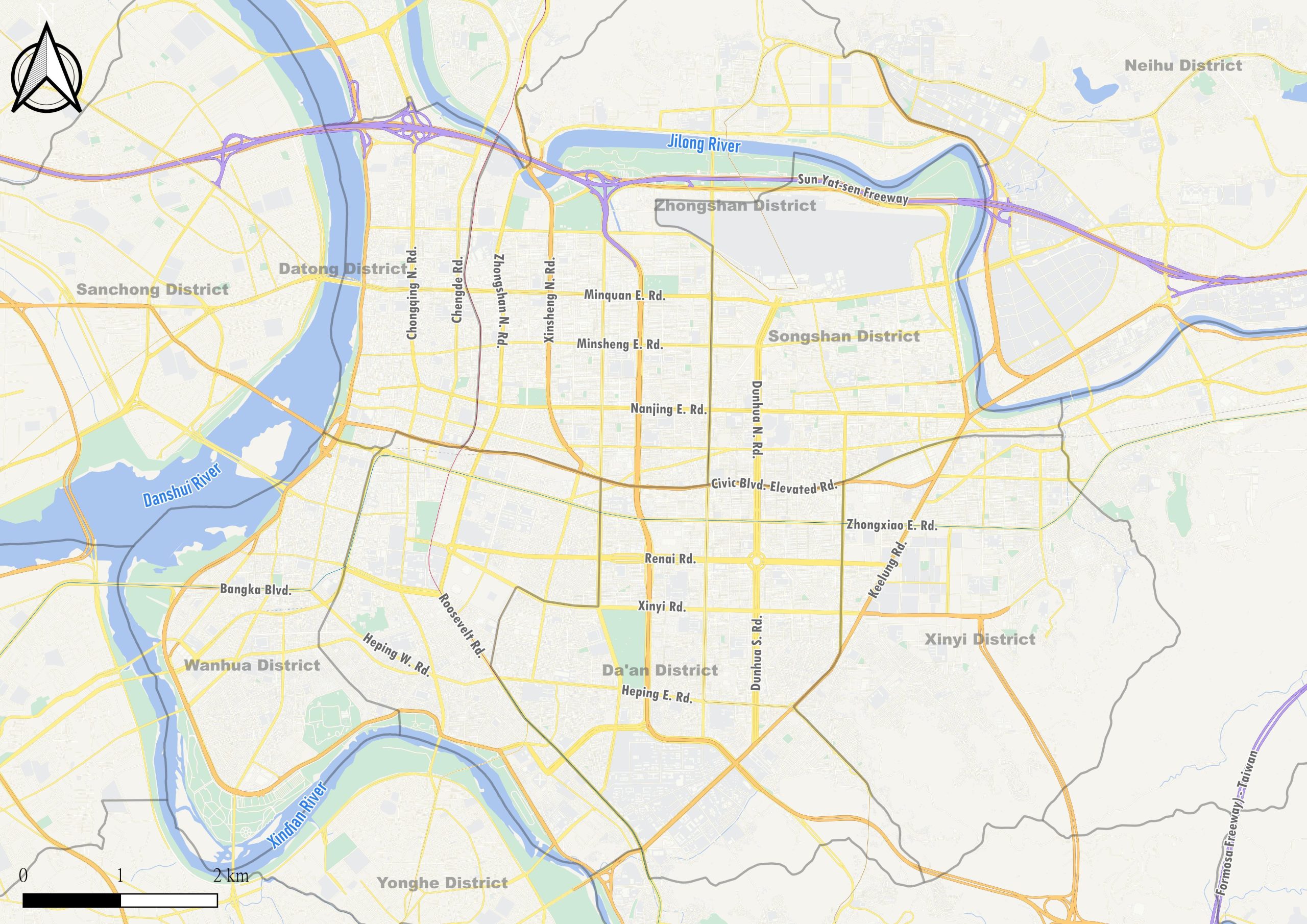


-scaled.jpg)






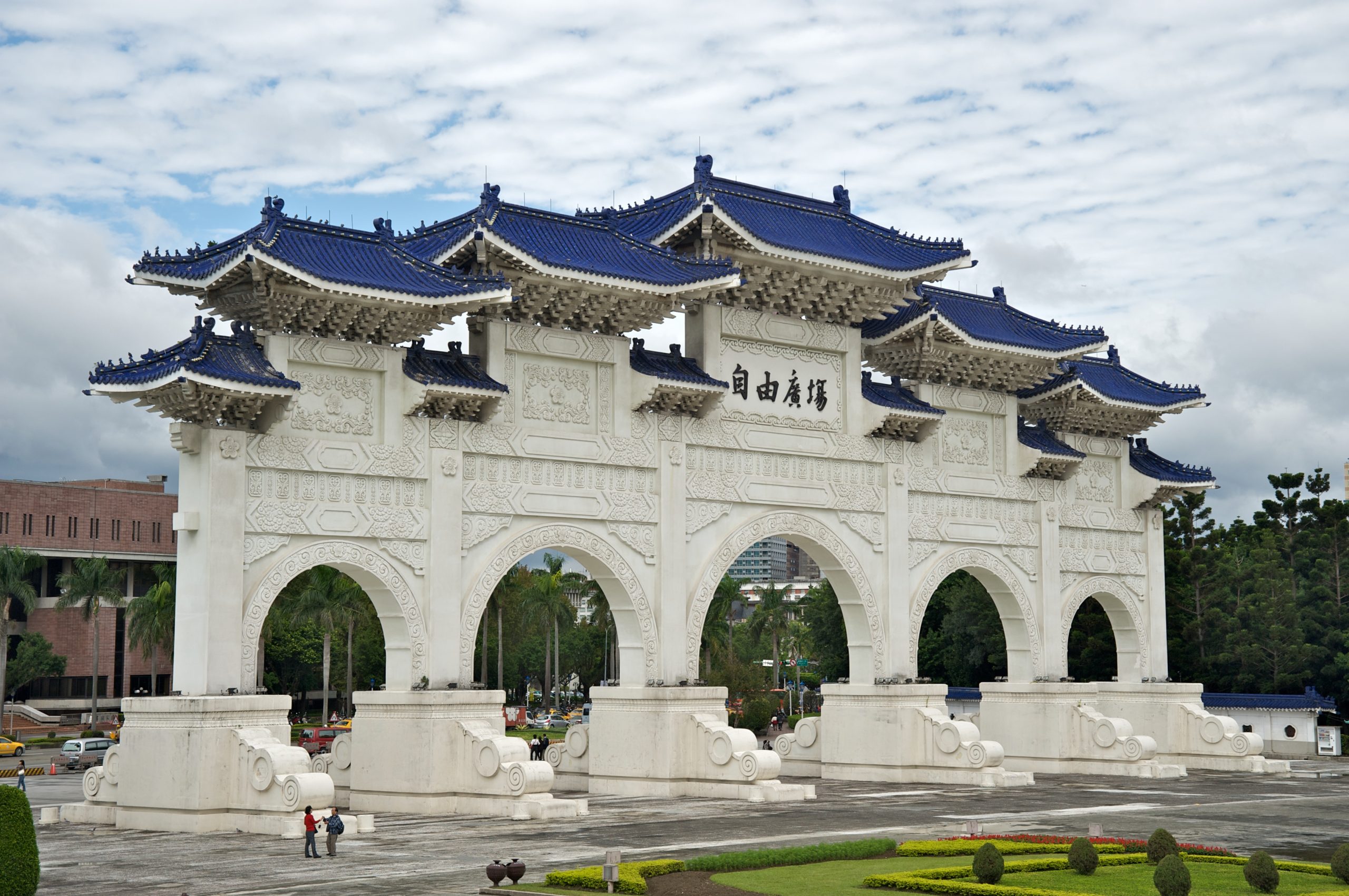







-scaled.jpg)












